What Are The Types of Hearing Aids
Hearing aids are essential devices for individuals with hearing loss, enhancing their ability to engage in daily activities and communicate effectively. Over the years, technological advancements have led to the development of various hearing aid types, each designed to cater to different levels of hearing loss, preferences, and lifestyles. In this essay, we will explore the different types of hearing aids along with their advantages and disadvantages.
Behind-the-Ear (BTE) Hearing Aid
The Behind-the-Ear (BTE) hearing aid is a common and easily recognizable style. It has an external part that sits behind the ear, connected by a small tube to a custom-made earmold that fits inside the outer ear and partially in the ear canal. BTE hearing aids are larger and often used by people with more severe hearing loss. The earmold is shaped to fit the user’s ear, and it connects to an earhook, which helps direct sound from the device into the ear. The earhook sits at the top of the ear.
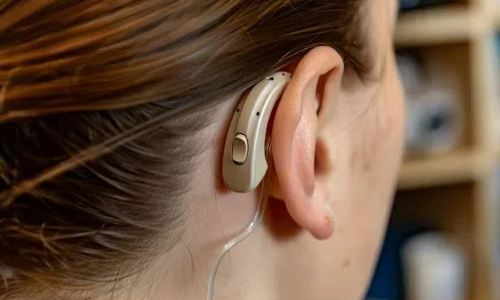
Advantages
●Versatility: Suitable for a wide range of hearing losses.
●Durability: Less prone to moisture damage due to the location behind the ear.
●Ease of Handling: Larger size makes them easier to manipulate.
Disadvantages
●Visibility: More noticeable compared to other types.
●Comfort: May feel bulky for some users.
●Wind Noise: Prone to interference from wind.
Receiver-in-Canal (RIC) Hearing Aid
Receiver-in-Canal (RIC) hearing aids are an improved version of the traditional BTE devices. They look similar, with part of the device behind the ear and a receiver (or speaker) placed directly in the ear canal. This design makes RIC hearing aids less noticeable and better at delivering sound. RIC devices offer different fitting options, like open or closed tips, or a custom-fit earmold, to suit individual needs.
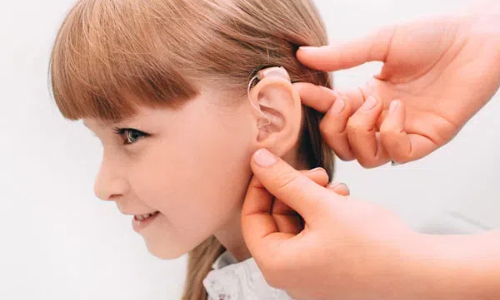
Advantages
●Discreet Design: Smaller and less noticeable than BTE aids.
●Sound Quality: Offers better sound quality and reduced feedback.
●Comfort: Generally more comfortable due to the smaller size.
Disadvantages
●Maintenance: Receivers can be prone to earwax and moisture damage.
●Limited Power: May not be suitable for severe hearing loss.
●Visibility: While less visible than BTE, still noticeable.
In-the-Ear (ITE) Hearing Aid
In-the-Ear (ITE) hearing aids are self-contained devices that fit inside the outer ear and extend into the ear canal. Unlike BTE models, ITE hearing aids don't have a separate piece behind the ear, making them more stable and easier to manage for some users. ITE hearing aids have come a long way since Ronald Reagan made them popular in the 1980s. Today’s versions are more advanced, offering better sound quality and more convenient features. They are a good option for those who prefer a single, compact device without any external components.
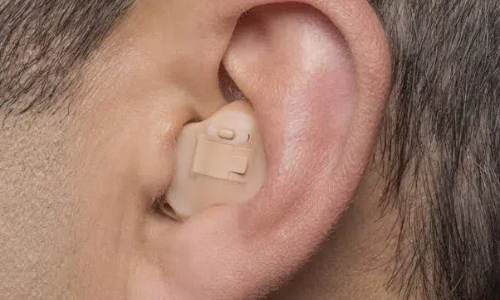
Advantages
●Ease of Use: Larger controls make them easier to handle and adjust.
●Less Feedback: Generally less feedback than smaller models.
●Natural Sound: Provides a more natural sound experience.
Disadvantages
●Visibility: More noticeable than smaller hearing aids.
●Comfort: Can be uncomfortable for some users due to the in-ear fit.
●Wind Noise: Can be susceptible to wind interference.
In-the-Canal (ITC) Hearing Aid
In-the-Canal (ITC) hearing aids are small devices that fit snugly inside the ear canal, making them almost invisible from the outside. They are more compact than In-the-Ear (ITE) models and are a good choice for active individuals because they stay securely in place during physical activities.
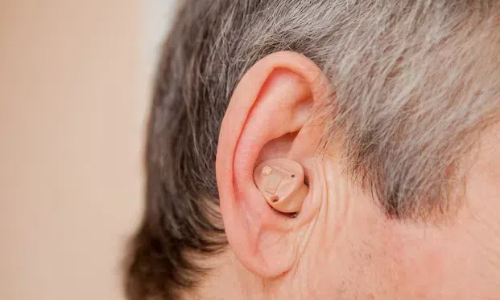
Advantages
●Discreetness: Less visible than ITE aids.
●Natural Sound: Provides good sound quality.
●Comfortable: Custom fit offers comfort.
Disadvantages
●Smaller Controls: Can be challenging to handle and adjust.
●Limited Features: Fewer features and power compared to larger models.
●Battery Life: Smaller batteries require frequent replacement.
Completely-in-Canal (CIC) Hearing Aid
Completely-in-Canal (CIC) hearing aids are tiny devices that fit entirely inside the ear canal, making them nearly invisible. Depending on how deep they are placed, some CIC devices are fitted by a hearing professional and have long-lasting batteries, while others can be inserted and removed by the user using a pull tab or a special tool. CIC hearing aids are smaller than ITC models and are ideal for people with mild to moderate hearing loss and normal ear canal size. Their deep placement provides extra waterproofing, with some models even suitable for swimming.
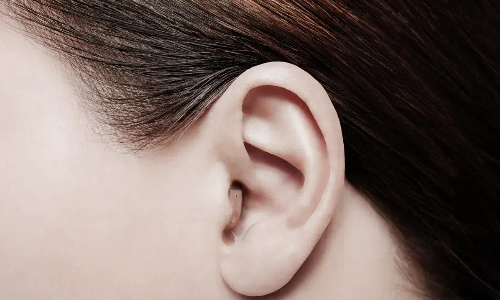
Advantages
●Discreet Design: Nearly invisible, making them appealing for those who prefer a low profile.
●Natural Sound: Enhanced sound localization due to their placement in the canal.
Disadvantages
●Maintenance: Can be prone to earwax buildup and are difficult to handle.
●Limited Features: Generally, fewer features and power compared to larger aids.
Invisible-in-Canal (IIC) Hearing Aid
Invisible-in-Canal (IIC) hearing aids are very small devices that fit deep inside the ear canal, making them almost invisible from the outside. They are ideal for people who want the most discreet hearing aid possible. Like CIC models, IICs are tiny, but IICs are inserted further into the ear canal, which enhances their invisibility. Some IIC devices can only be placed or removed by a hearing professional and may not be suitable for swimming. The main difference between IIC and CIC hearing aids is that IICs are more compact, which can make them harder to handle, especially for battery changes.
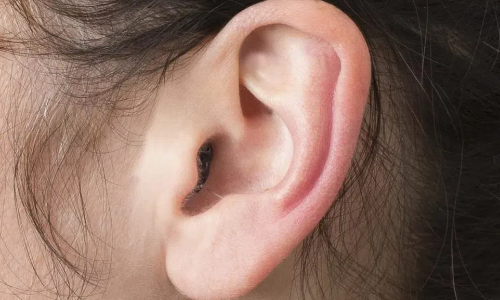
Advantages
●Maximum Discreetness: Almost invisible to others.
●Comfort: Minimal visibility can make them more comfortable for some users.
●Natural Sound: Offers a natural listening experience.
Disadvantages
●Size: Their small size can make them difficult to handle and adjust.
●Limited Power: May not be suitable for severe hearing loss and can have fewer features.
●Durability: Fragile due to small size.
Conclusion
Choosing the right hearing aid depends on individual needs, lifestyle, and degree of hearing loss. While BTE and RIC offer powerful amplification and durability, ITE, ITC, CIC, and IIC provide more discreet options with varying degrees of comfort and features. Understanding the advantages and disadvantages of each type is crucial in making an informed decision to enhance one's quality of life. As a global leading lipo battery manufacturer, Grepow offers custom rechargeable lithium-ion coin cell, shaped pouch lipo battery cell and shaped metal casing lipo battery cell to meet the needs of all knids of medical device applications. If you have any questions or needs, please feel free to contact us at info@grepow.com.
Related Articles
-
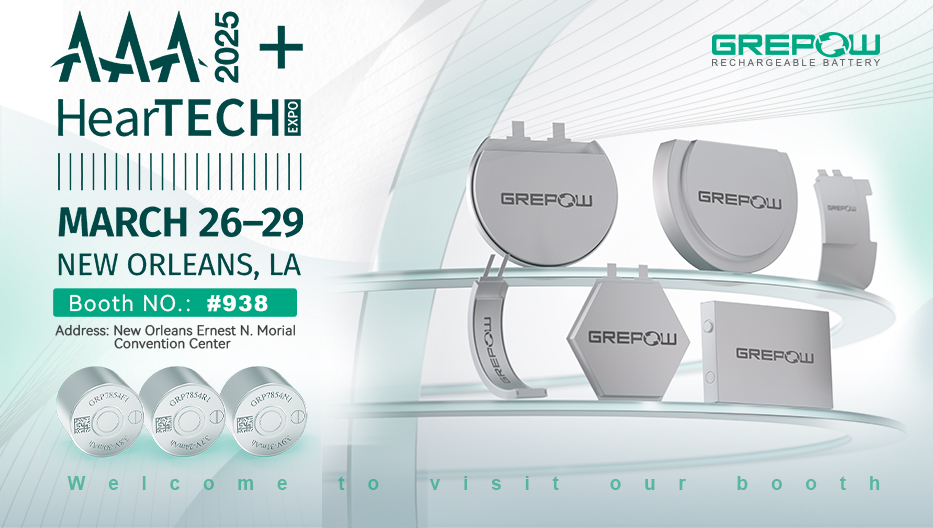
Join Grepow at AAA 2025+HearTECH Expo
2025-03-17 -
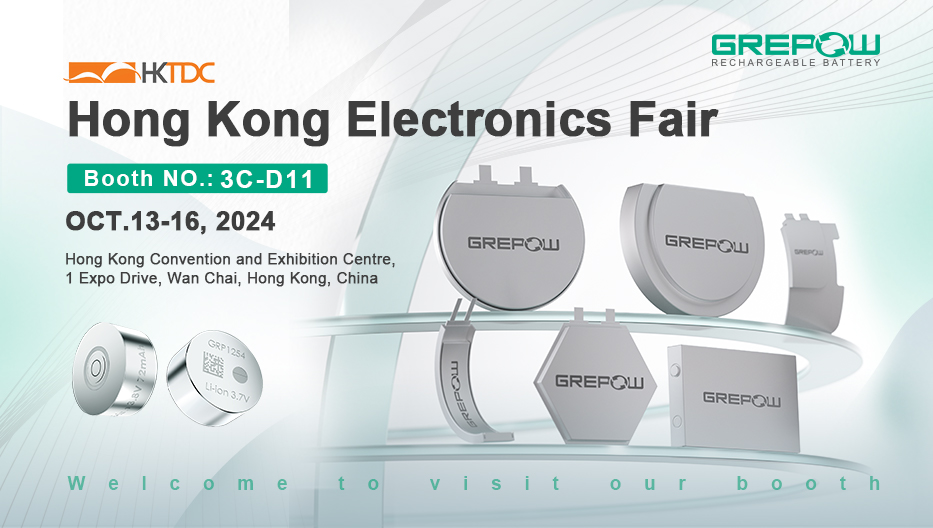
Grepow at Hong Kong Electronics Fair 2024: Discover Our Latest Battery Innovations
2024-10-08 -
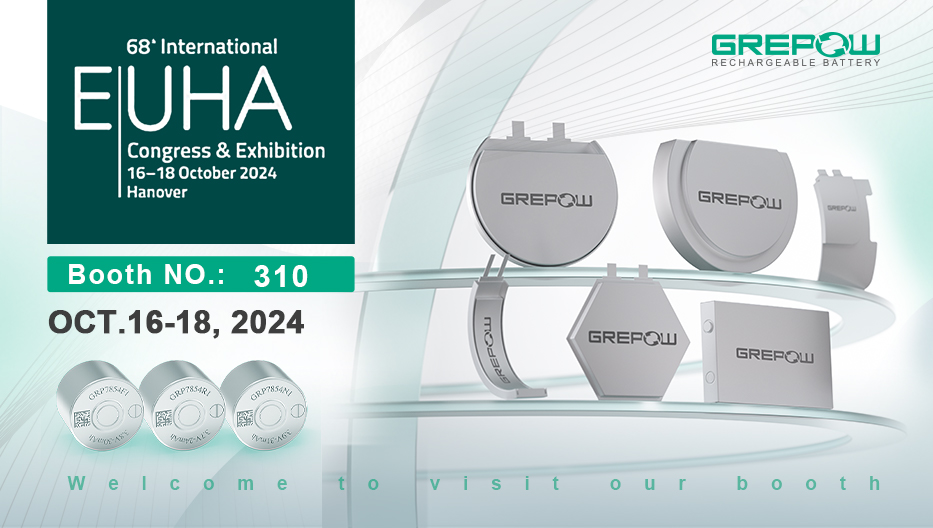
Join Grepow at EUHA 2024: Discover Our GRP7854 Series Hearing Aid Batteries
2024-09-25
Related products
-
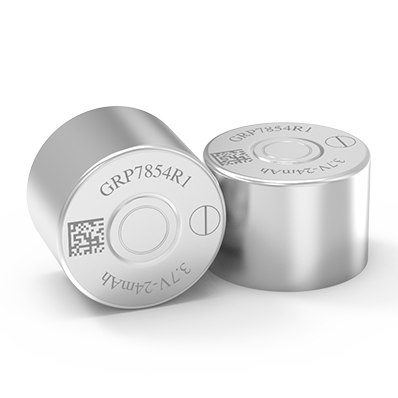
GRP7854 Series Rechargeable Lithium-Ion Button Cell Battery
-
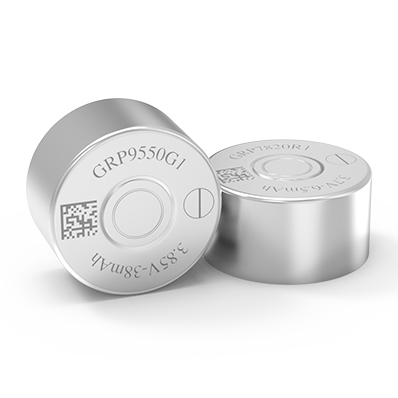
GRP9550G1 Rechargeable Lithium-Ion Button Cell Battery
-
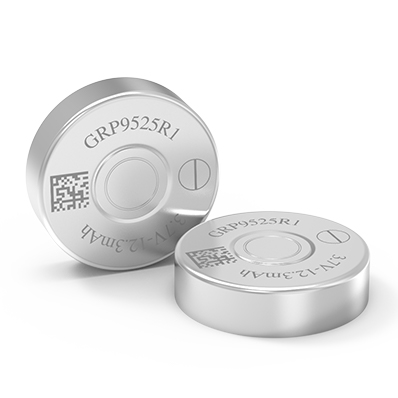
GRP9525 Series Rechargeable Lithium-Ion Coin Cell Battery
-
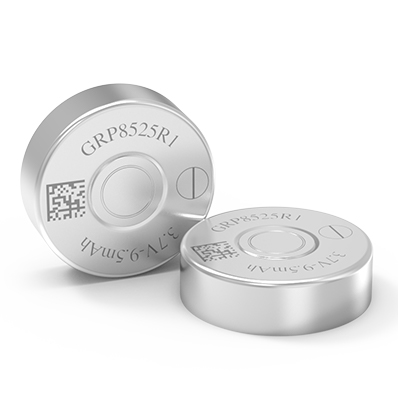
GRP8525R1 Rechargeable Lithium-Ion Coin Cell Battery
-
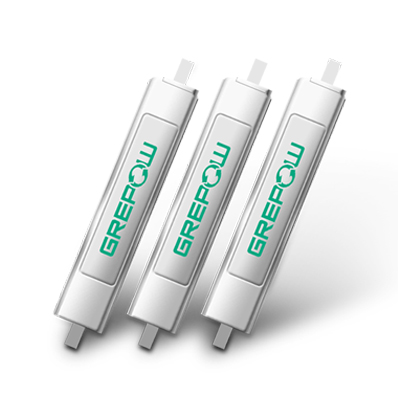
Pouch Ultra Narrow Lipo Battery
-
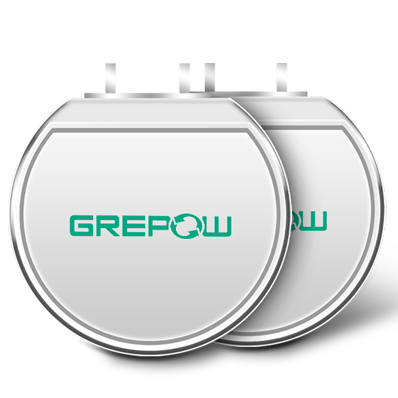
Pouch Round Lipo Battery
-
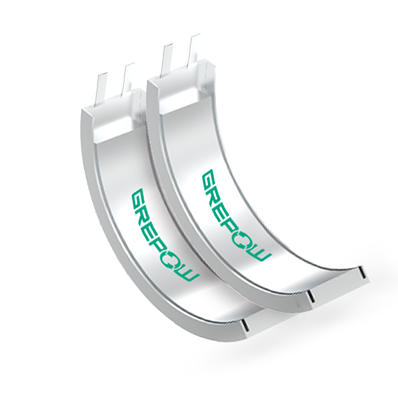
Pouch Curved Lipo Battery
-
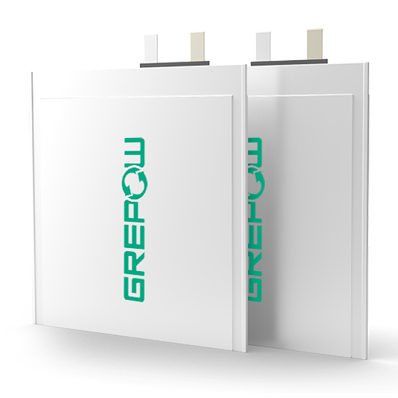
Pouch Ultra Thin Lipo Battery

















































